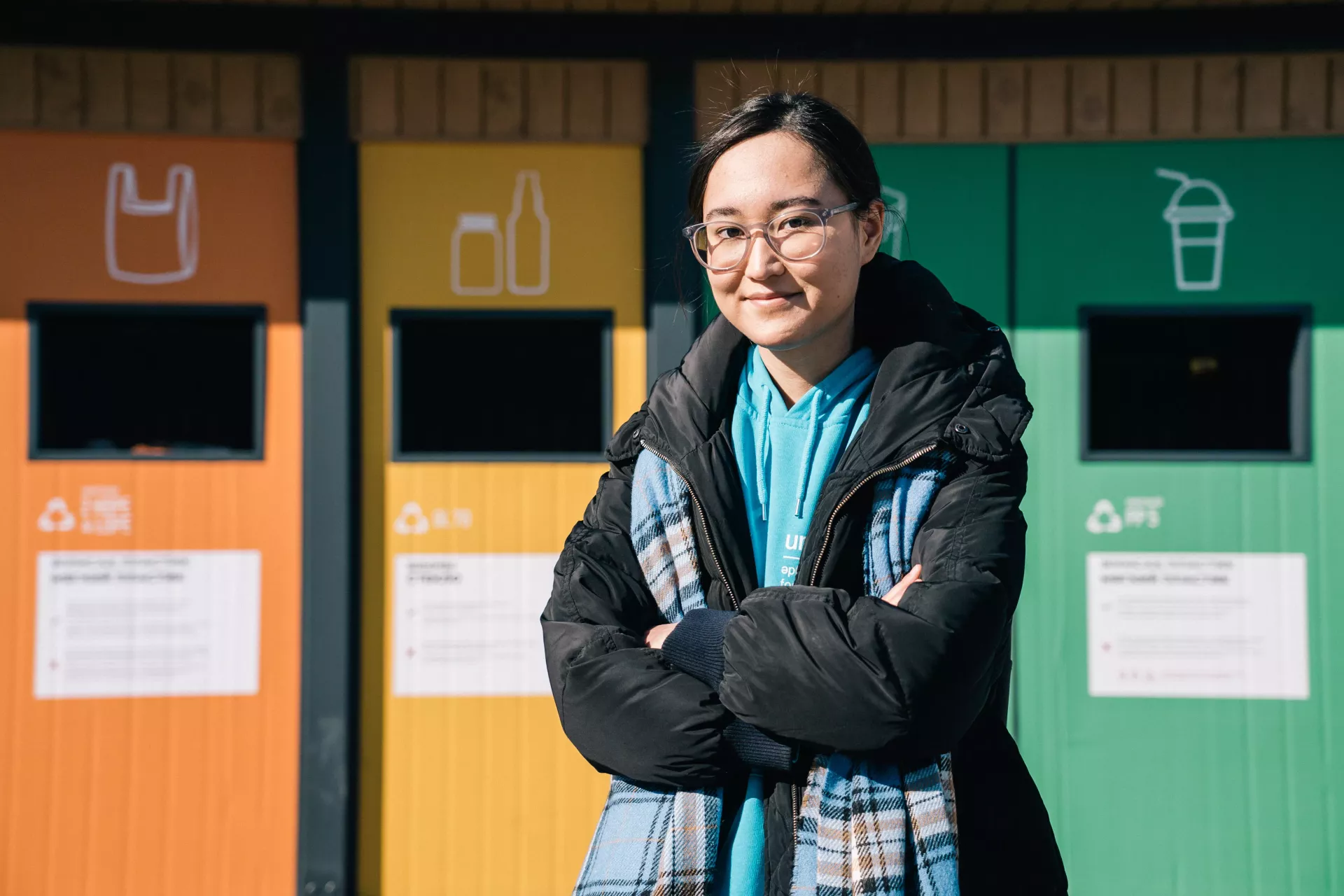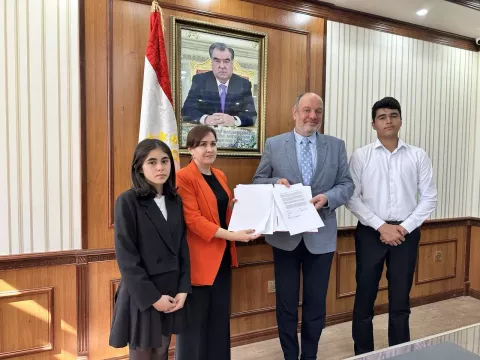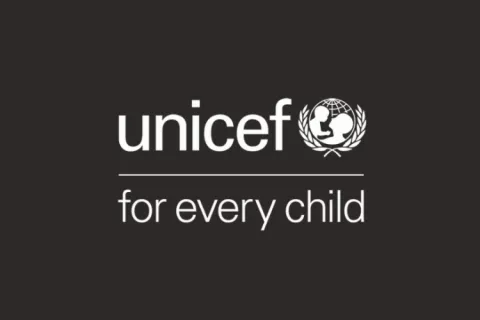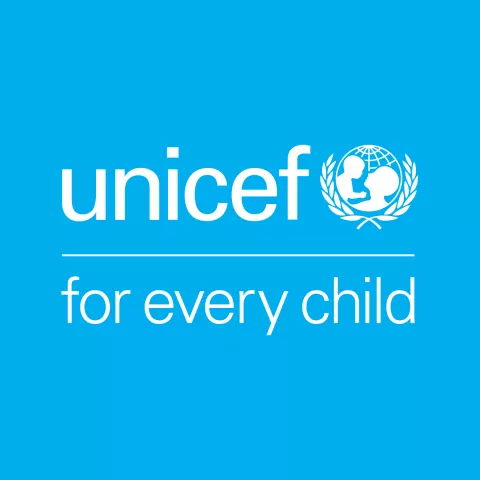A gender mapping of the green economic transition in Europe and Central Asia
An analysis of the multifaceted landscape of the rapidly expanding green economy within the Europe and Central Asia region

Highlights
As the effects of climate change are being felt more intensely, countries within the Europe and Central Asia (ECA) Region (ECAR) work to mitigate, prepare and respond to climate crises. The inception of the Sustainable Development Goals (SDGs) has led to a notable increase in the development of green sectors and opportunities aimed at fulfilling the 2030 agenda towards a green transition. These emerging sectors in ECAR encompass various initiatives and technologies, but they also reveal disparities in gender equality within them. Between 2015 and 2021, the European Union saw a twofold increase in labor shortages related to the green transition. The solar energy industry has issued warnings about an unprecedented lack of skilled workers, with estimates suggesting that over 500,000 employees will be required by 2030.2
Women and girls are the missing piece to the puzzle, who can fill the labour shortages and drive forward ECAR’s transition to a green and sustainable economy. However, across the region, gender dimensions are missing in the policies, commitments and action plans that are paving the way for future economies. An already persistent gender gap in regional economies will be widened if girls and women are continued to be left behind. For stakeholders to understand how to move forward, they must know where they, and girls and women in the region, currently stand.
Section 1 of this mapping report discusses important international, regional, and national commitments, policies, and action plans related to the developing green economy and reviews them critically with a gender lens. Emerging sectors and skills relevant to the green transition are highlighted.
Section 2 introduces the position of women and girls in education and employment, specifically looking at the emerging sectors and skills discussed in section 1. Barriers to the engagement of women and girls in the green economy are identified followed by a brief overview of just some programmes implemented by regional stakeholders to address the barriers and gender gaps.
Finally, Section 3 provides recommendations for governments, civil society actors, and private sector on how to ensure women and girls move with the green economy transition equally across the ECA region.




